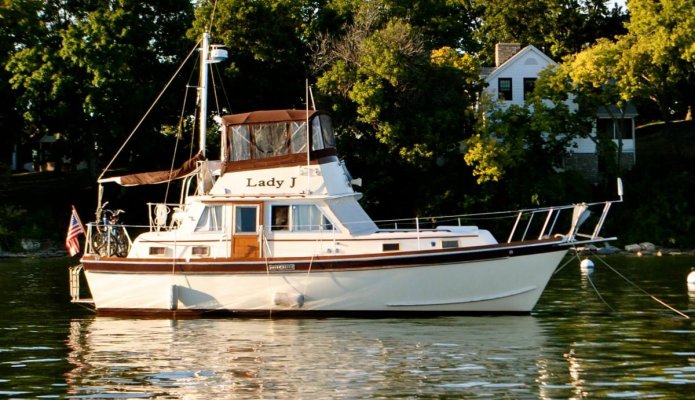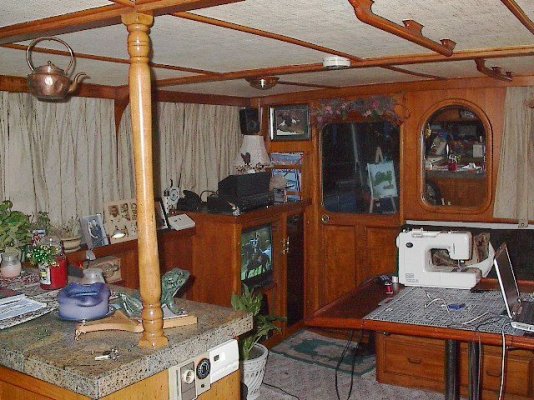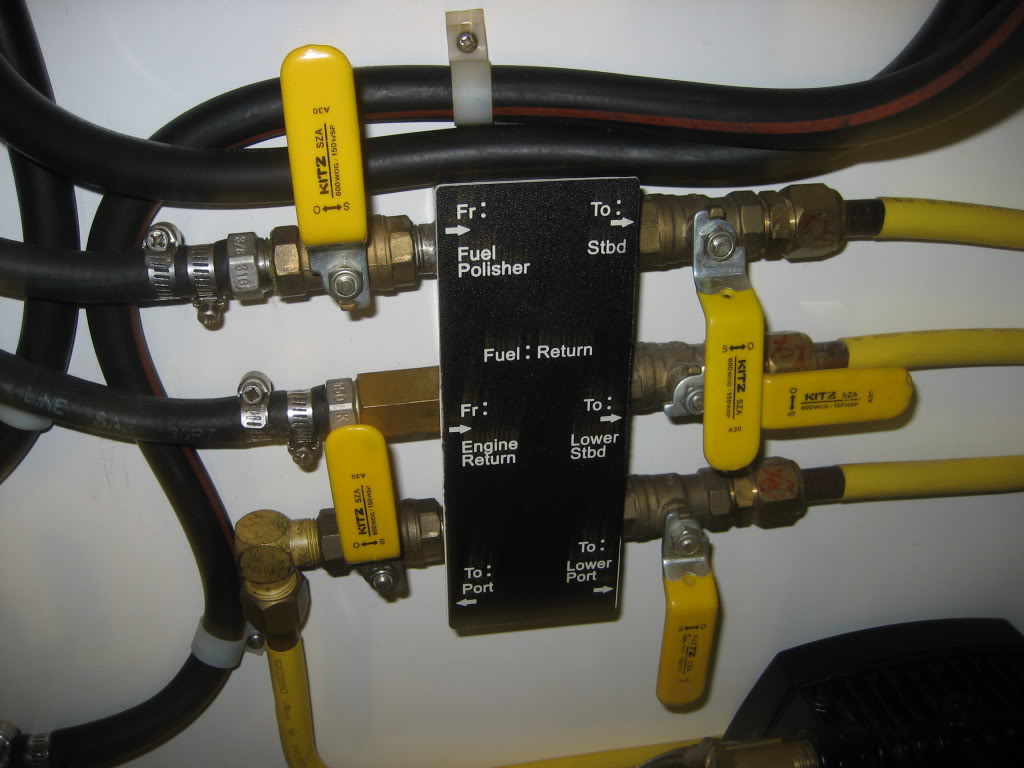These are lightweight, shallow-draft, beamy boats that suffer from "too much" stability. I know, you can never have too much stability. But the quick motion does beat you up. You want to slow the rolling down and that can be done in a number of ways. Adding ballast down low will increase stability even more and produce a quicker rolling motion.
A mast and sail will slow the rolling a bit, because it raises the center of gravity. The sail damps rolling because you are trying to move a "fence" through the air. But the righting force of the boat will overcome that small sail easily. The sail will slow rolling a lot if the wind is strong and blowing directly abeam, but this is a rare condition for most cruisers. Coastwise cruisers tend to meet head or tailwinds, when the sail does nothing.
I would call paravanes passive stabilizers because they require no direct power, though they do add drag and thus require added HP and fuel to cruise at a given speed. Active fins (Hydraulic), gyroscopic stabilizers, and other moving flaps or weights are definitely not passive. The passive units I would suggest include bilge keels, batwings, daggerboards, sails, and paravanes. I like paravanes because they work really well, they are relatively simple (no electro-mechanical stuff), and you can eliminate the added drag when you want. The downside is they are some work to handle. But for the Gulfstar 36 they can be really small and light and still make a big difference.



